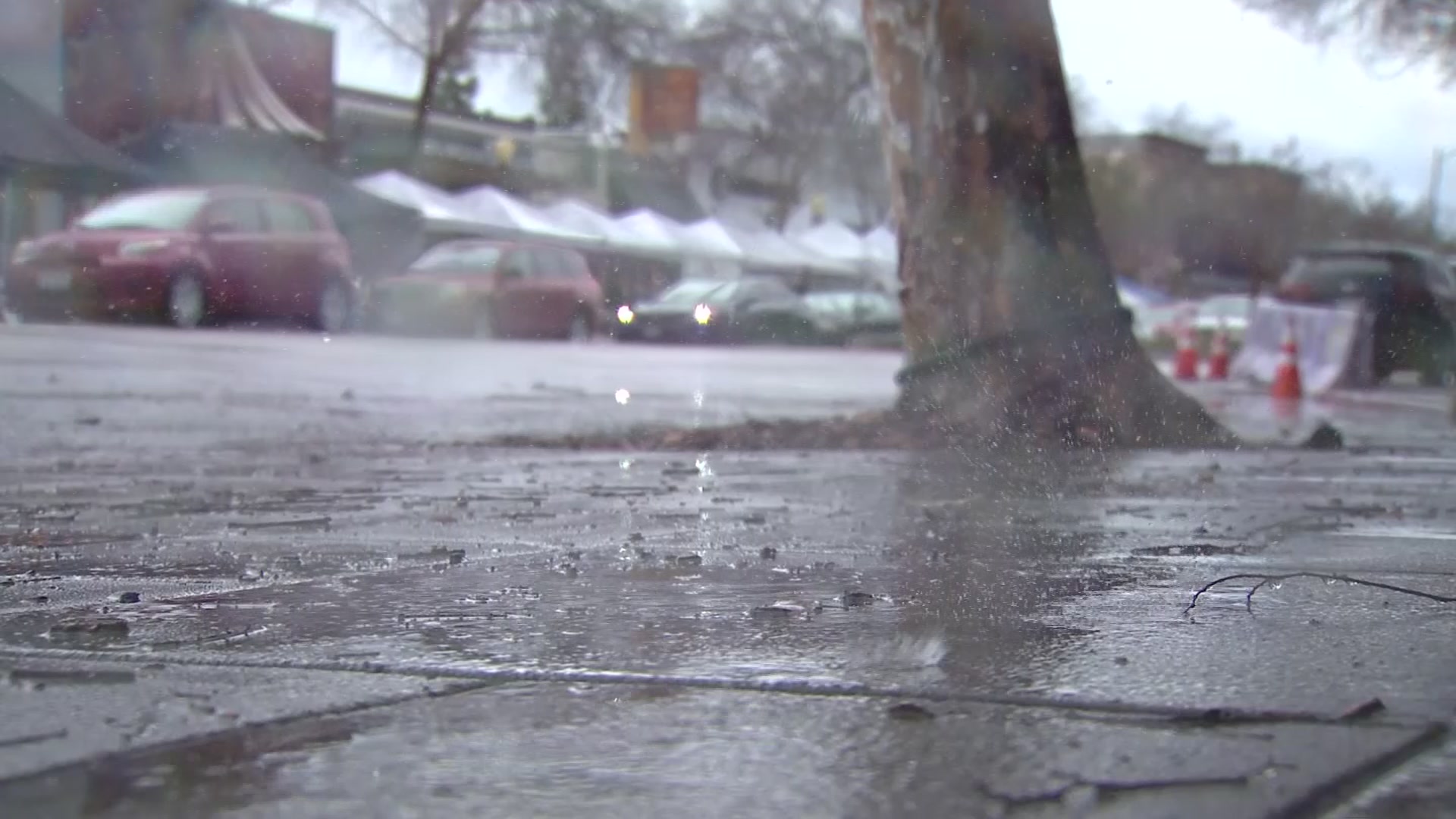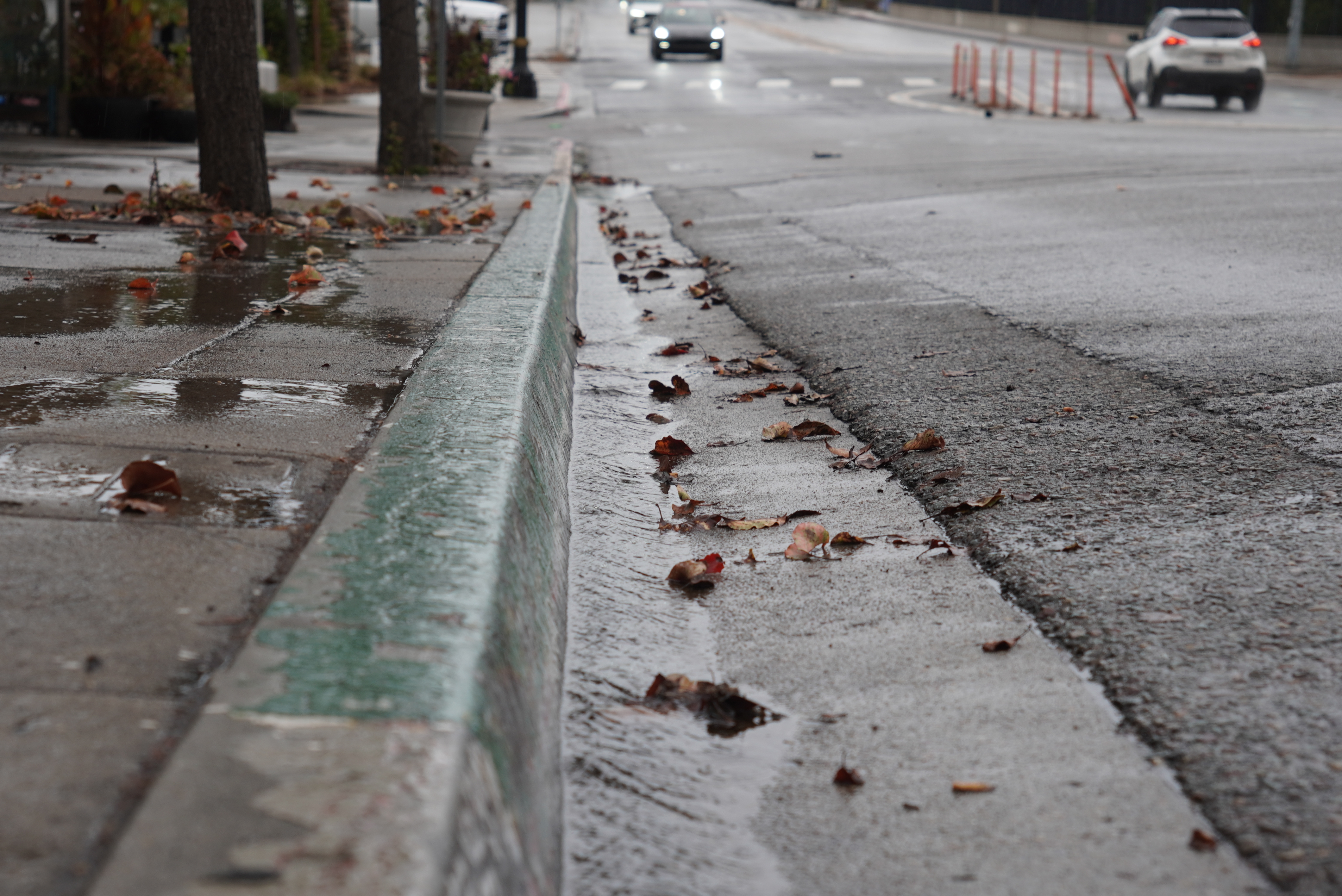Hilary is tracking toward San Diego County and could be the first tropical storm to reach the shore in 84 years, according to National Weather Service records.
Hilary was a category 4 hurricane on Friday but was expected to weaken to a category 1 before making landfall in Baja California, Mexico, according to current models, which could change. By the time it reaches San Diego County on Sunday or Monday, Hilary will likely be a powerful tropical storm, NBC 7 Meteorologist Sheena Parveen said.
Tracking Hilary
Get top local stories in San Diego delivered to you every morning. Sign up for NBC San Diego's News Headlines newsletter.
A tropical storm is a categorization to describe cyclones with wind speeds between 39 to 73 mph -- which is still plenty of force to produce damage. Anything higher would be categorized as a hurricane with a Category 5 hurricane bringing wind speeds higher than 157 mph.
The last time a tropical storm made landfall in Southern California was in 1939 when a storm system moved ashore in Long Beach after losing hurricane strength. The storm had sustained wind speeds of 50 mph and brought more than 5 inches of rain to Los Angeles in a 24-hour period. The storm caused death and significant destruction to the area.
Even more rare was the last time a hurricane reached San Diego County. That last happened more than 150 years ago on Oct. 2, 1858, when a hurricane later called the San Diego Hurricane hit the county with sustained wind speeds of 75 mph. Those winds lasted several hours, according to the National Weather Service, and blew the roofs off homes, knocked down trees and beached several boats.
Other storms that were at one point on their path tropical storms or hurricanes have moved onshore to bring remnants to San Diego County, but none were categorized as tropical storms at the time of their arrival in San Diego.
Even when tropical storms nearly-miss San Diego, they have the potential to be dangerous. Last year, Kay had depreciated to a tropical storm as it approached San Diego and never made landfall. But its remnants still brought flooding and devastating rain.
Why are hurricanes so rare on the west coast?
Storms don’t usually hit Southern California this time of year because prevailing winds usually push them either due west into open ocean or northeastward into Mexico and other parts of the U.S. Southwest, said Masters and Massachusetts Institute of Technology hurricane professor Kerry Emanuel.
If a hurricane does approach, they usually lose steam before they get here. That's because hurricanes are fueled by warm waters and need at least 80-degree temperatures to sustain their speed. The Pacific Ocean is cold so hurricanes usually die down when they approach Southern California -- just like Hilary is expected to do.
But, as the Pacific Ocean is warming -- along with all of our oceans from the effects of human-caused climate change -- that protection is weakening.
That's why, for the first time this season, the National Weather Service in Los Angeles and San Diego will have the ability to issue alerts for tropical storms and hurricanes. On Friday, the first-ever Tropical Storm Watch was issued for Southern California due to Hilary.
NBC 7 and Telemundo 20 are tracking the impacts of Hilary on San Diego and Baja California, Mexico. Get full coverage here.




